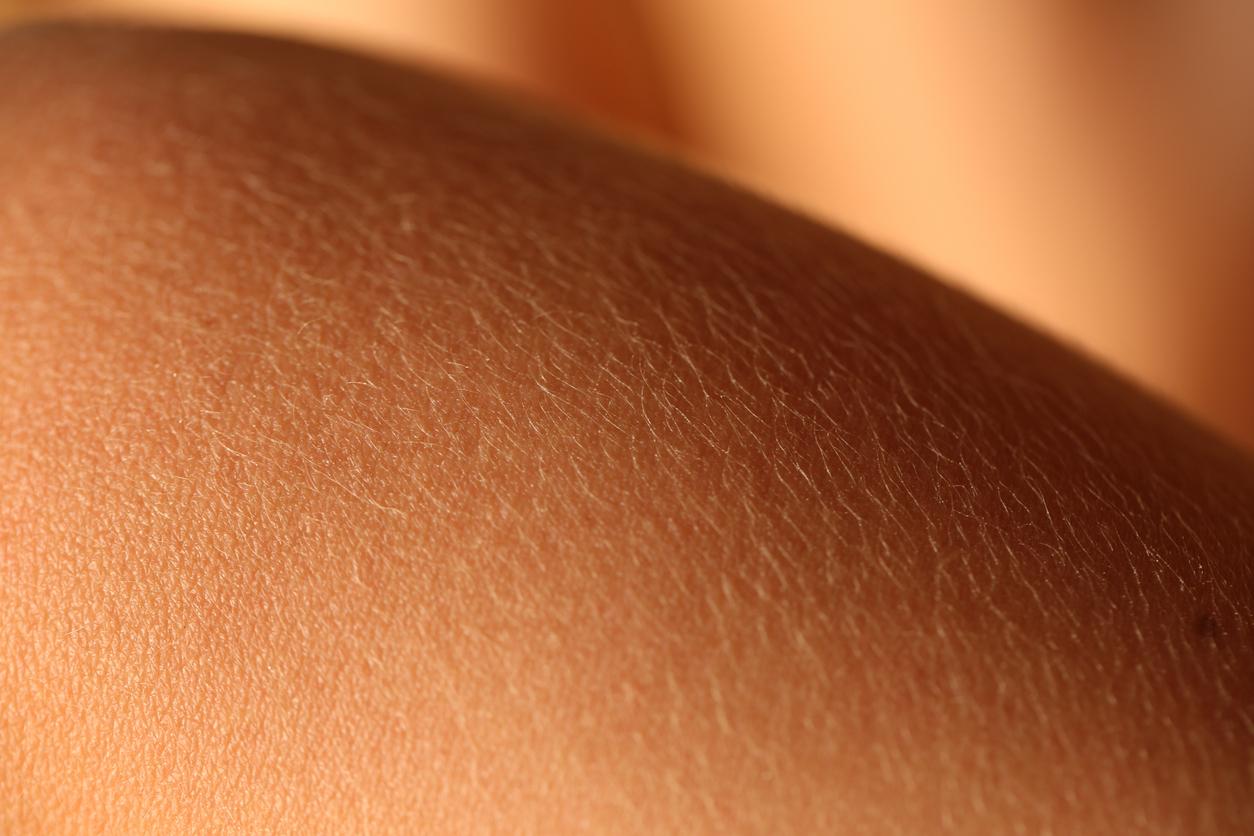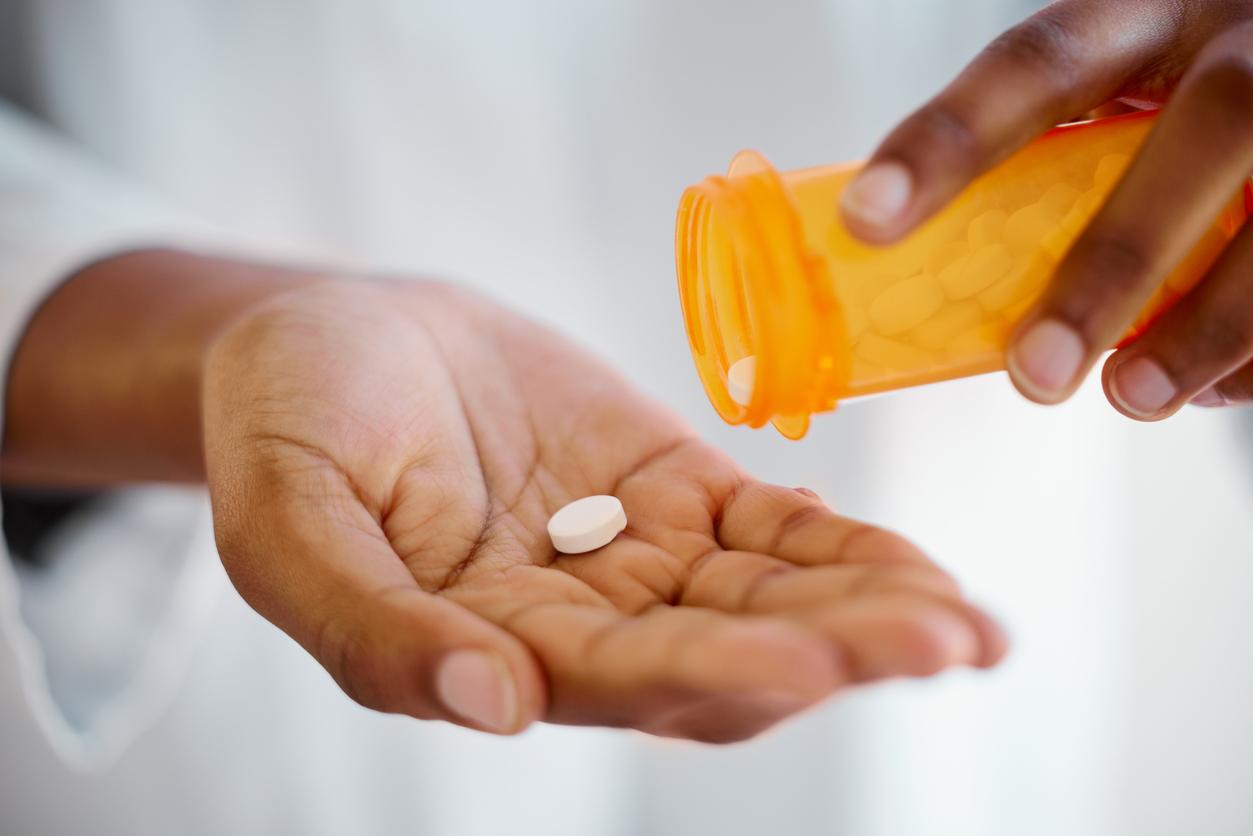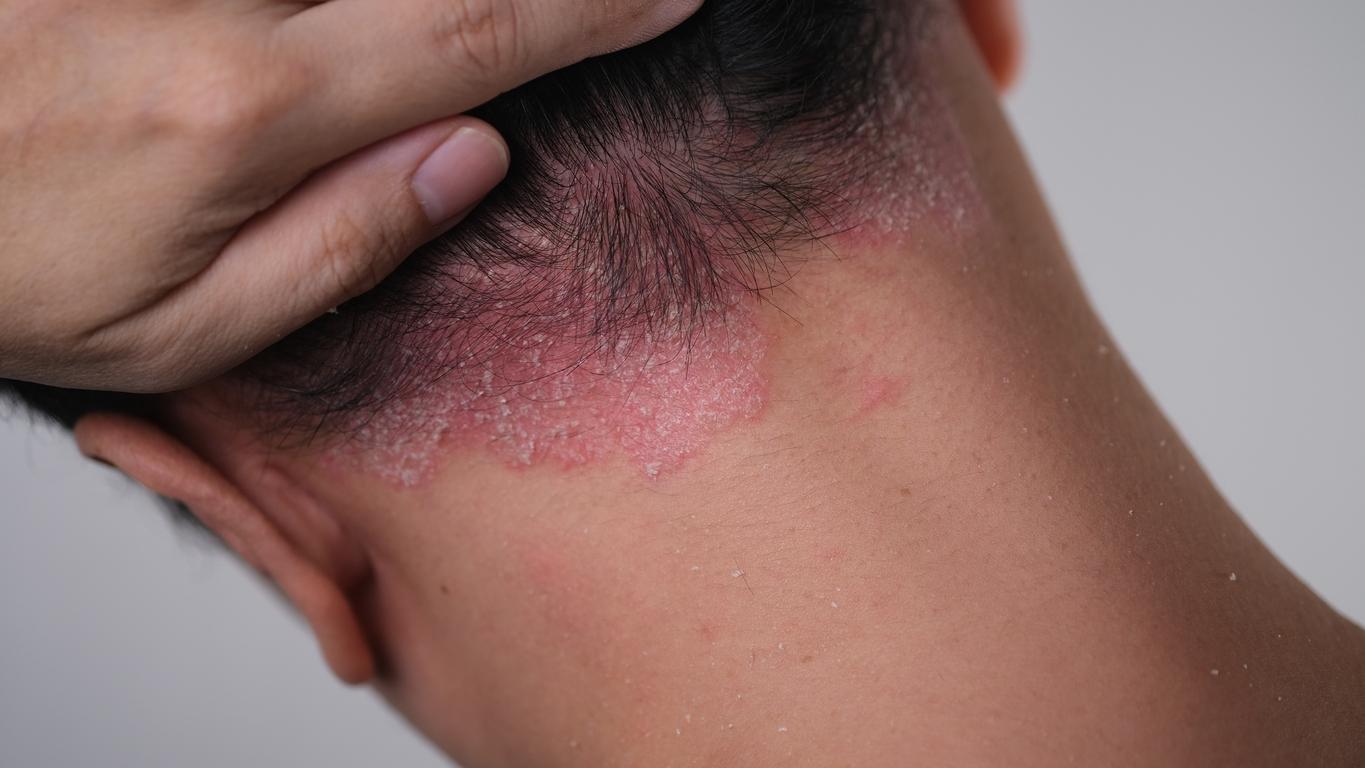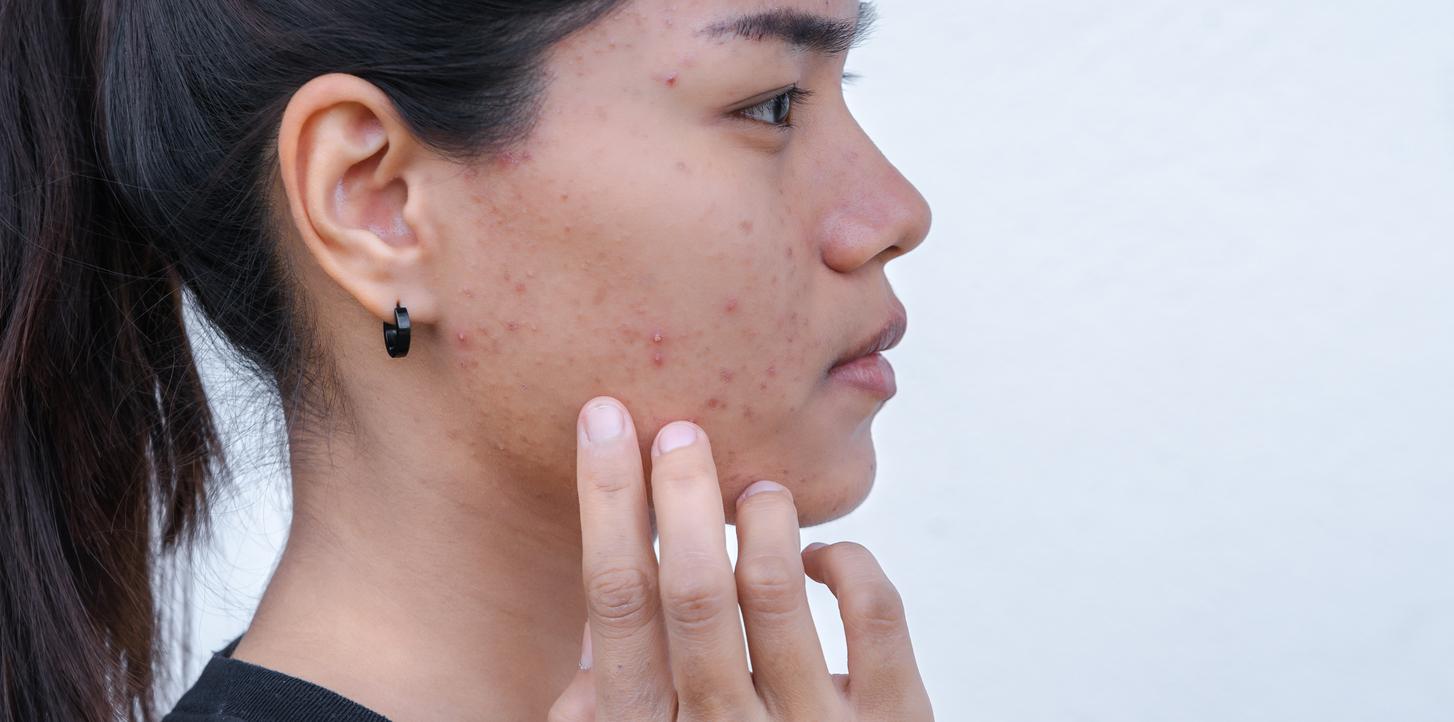It is now possible to create “living” skin and blood vessels to perform grafts. This is revealed by a study conducted by American researchers.

Thanks to 3D printing, a new progress has been made in the world of molecular biochemistry. This breakthrough took place in the United States, where researchers from Rensselaer Polytechnic Institute and of yale university recently developed a method to print “living” skin made up of blood vessels.
“Anything available as a clinical product is more like a fancy bandage”
“Currently, anything that’s available as a clinical product is more like a fancy band-aid,” Pankaj Karande, the associate professor of chemical and biological engineering who led the study, said in a statement. article published on the website of the Rensselaer Polytechnic Institute. It allows accelerated healing of wounds, but, in the end, it falls; it never really integrates with the host cells.”
Published in the journal Tissue Engineering Part A, the study follows on from the work of Pankaj Karande – also a member of the Center for Biotechnology and Interdisciplinary Studies (CBIS). In December 2013, the scientist had already published one of the first articles showing that researchers could take two types of living human cells, turn them into “biological inks” and imprint them in a skin-like structure. However, there remained an obstacle to overcome: the integration of blood vessels, essential to keep the graft alive, via the transfer of blood and nutrients.
The need to be able to process donor cells
“As engineers working on the recreation of biology, we have always appreciated and been aware of the fact that biology is much more complex than the simple systems that we manufacture in the laboratory, assures Pankaj Karande. We were pleasantly surprised to find that once we start approaching this complexity, biology takes over and starts getting closer and closer to what exists in nature.”
The next step for the researchers: putting their research into practice on a clinical level. To do this, they need to be able to process donor cells using processes such as CRISPR (Clustered Regularly Interspaced Short Palindromic Repeats) technology so that the vessels can be accepted by the donor’s body. patient.
For patients with diabetes or pressure ulcers, “it would be perfect”
“We are not yet at this stage, but we are taking a step forward,” said Pankaj Karande. While more work will be needed to address the challenges of burn patients – due to the loss of nerves and nerve endings they have suffered – the transplants the professor and his team have developed allow them to consider help people with diabetes or pressure ulcers.
“For these patients, it would be perfect, because ulcers usually appear in separate places on the body and can be treated with smaller pieces of skin, explains Pankaj Karande. Wound healing generally takes longer in diabetic patients, and this could also help speed up this process.”
.















